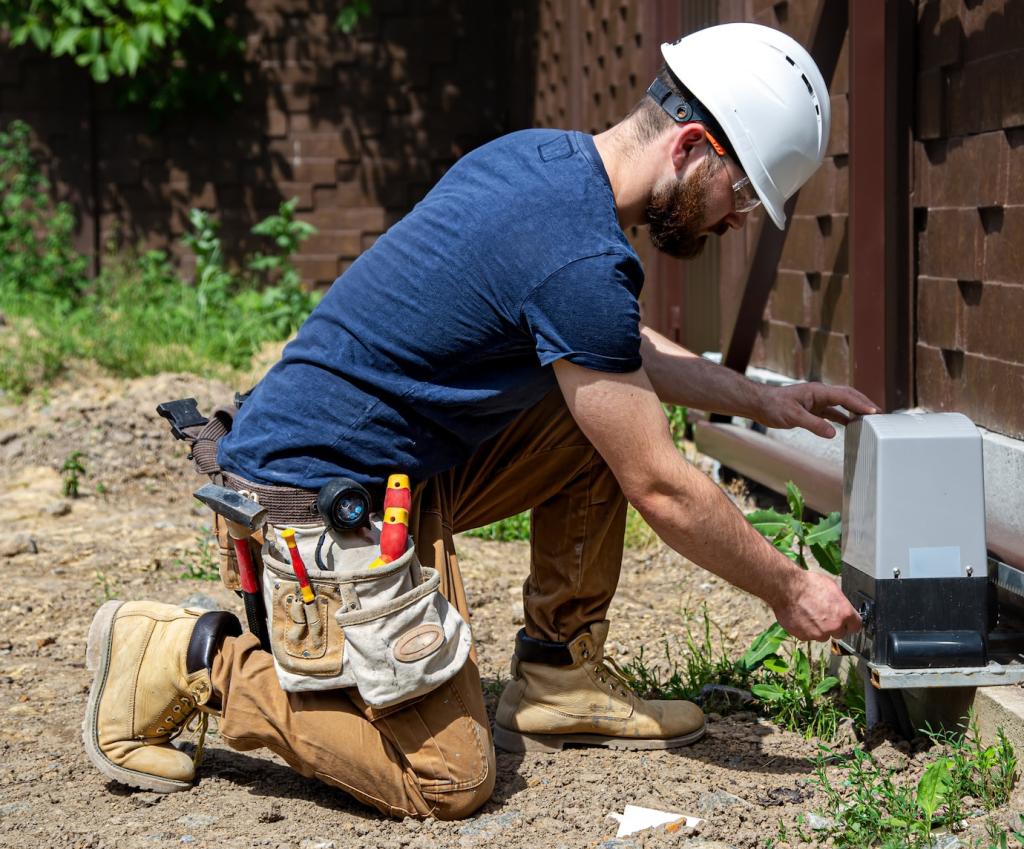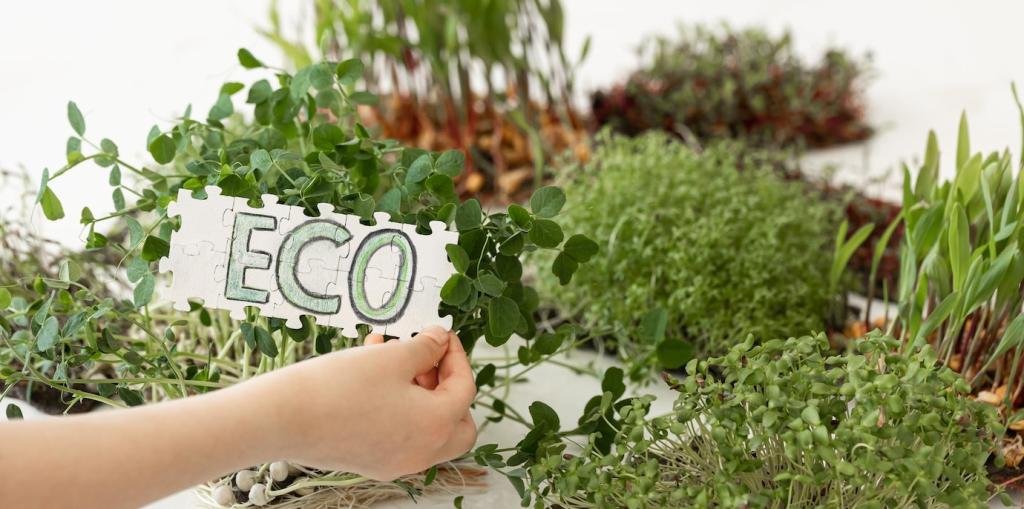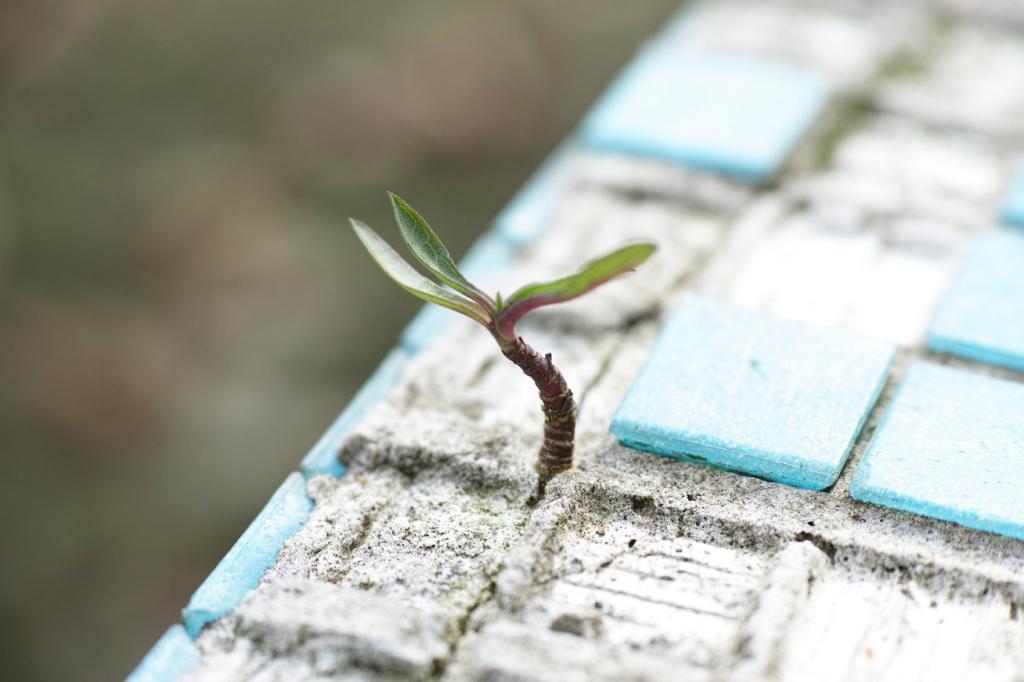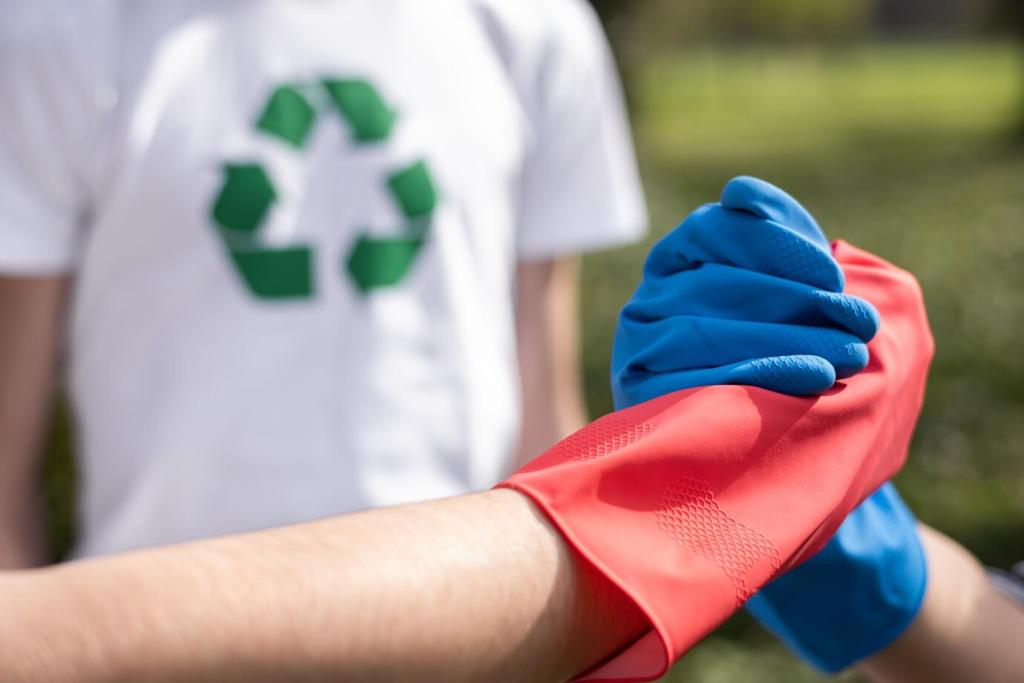
Conscious Care of Antique Furniture with Eco-Friendly Solutions
Chosen theme: Conscious Care of Antique Furniture with Eco-Friendly Solutions. Welcome to a thoughtful, planet-kind approach to preserving heirlooms. Discover gentle methods, time-honored wisdom, and modern green practices that protect patina, history, and the planet—while inviting you to share your own restoration stories.
Reading the Wood: Grain, Patina, and Story
Before scrubbing, pause. Patina is the soft glow of age, not grime. A gentle wipe with distilled water and a lint-free cloth reveals character, preserving depth. Comment with photos of your piece, and we’ll help you decide what to keep.


Reading the Wood: Grain, Patina, and Story
Use simple, eco-safe tests. A dab of warm water suggests shellac if it turns tacky; alcohol hints at older varnish. Avoid harsh solvents. Share your results below, and subscribe for a printable finish-identification guide.
Distilled Water and Mild Soap Ritual
Mix distilled water with a drop of pure castile soap. Lightly dampen a soft cloth and test inconspicuously. Slow, circular passes lift soil without stripping finish. Join our newsletter for a checklist of safe cleaning routines.
Vinegar’s Place—and Its Limits
White vinegar can neutralize odors and mild residues, but never use it straight on shellac or delicate waxed surfaces. Always dilute and test. Share your cautionary tales so others learn sustainable care from community wisdom.
Microfiber and Natural Fiber Cloths
Choose tightly woven microfiber or organic cotton for lint-free results. Avoid dyed rags that can bleed when damp. Tell us what cloths you swear by, and we’ll compile a community-approved eco toolkit.








Safe, Eco-Conscious Pest Management
Double-bag small pieces and freeze for several days to interrupt insect cycles. Thaw slowly to prevent moisture shock. Ask in the comments about appropriate timing and we’ll tailor advice to your item’s materials.
Safe, Eco-Conscious Pest Management
Use pheromone traps and regular inspections instead of broad-spectrum sprays. Document frass patterns and tiny exit holes. Share your monitoring logs; we’ll help interpret signs and plan sustainable prevention steps.
Choosing Pieces with Honest Wear
Look for stable joints, intact veneers, and repairs done with reversible materials. Honest wear tells a story worth preserving. Share your latest find and we’ll discuss eco-friendly first steps for settling it at home.
Documenting Work for Future Keepers
Keep a care log: products used, dates, and observations. This supports future conservation and ethical resale. Download our subscriber template and tell us which fields you’d add for better stewardship.
Respecting Cultural Heritage
Research origins and maker marks before altering a piece. Light conservation honors context and community history. Post any hallmarks you’ve discovered; we’ll help identify them with input from our engaged readership.
Daily Habits for Decades of Beauty
Maintain moderate humidity and temperature; avoid vents, radiators, and direct sunlight. Place felt pads under feet. What’s your climate challenge? Comment, and we’ll send tailored, green solutions in our next newsletter.
Daily Habits for Decades of Beauty
Use a barely damp, clean cloth weekly; avoid feather dusters that snag veneers. Finish with a dry buff along the grain. Share your routine and we’ll feature a monthly reader technique that saves time and resources.


